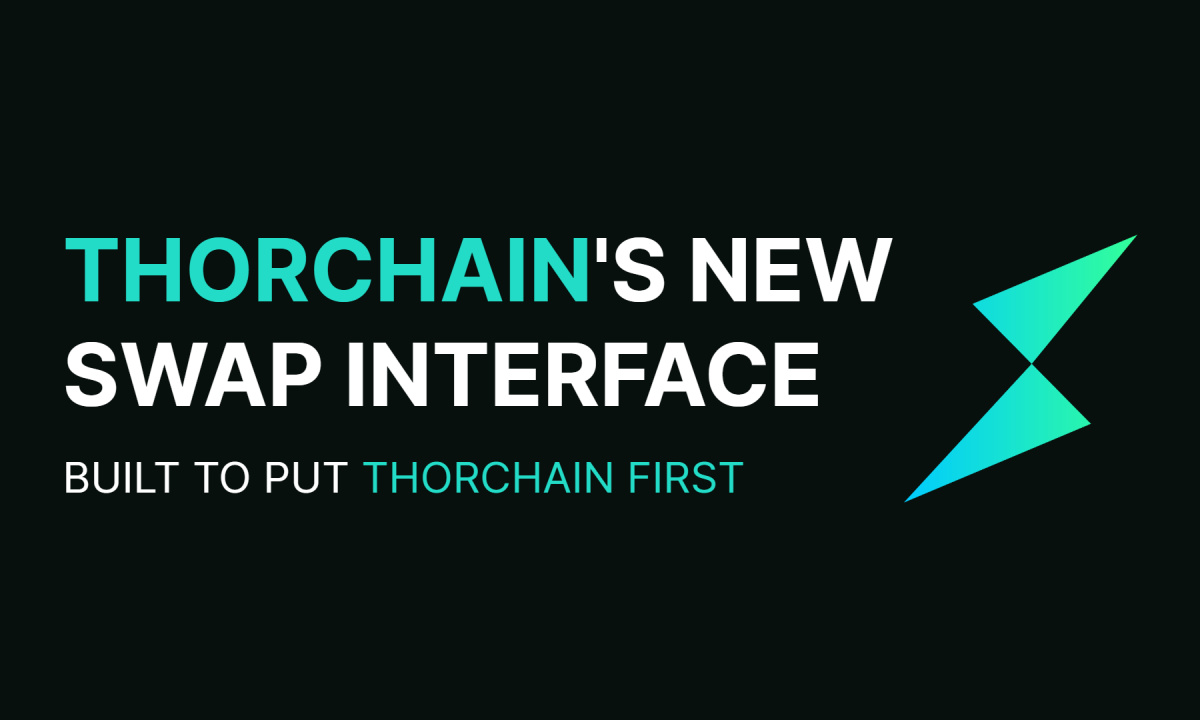Trading tournaments are competitive events organized by spot and derivative crypto exchanges to provide traders with an opportunity to profit from their cryptocurrency holdings. These tournaments allow traders to showcase their knowledge of the cryptocurrency market and be rewarded for their trading skills.
The primary objective of hosting trading tournaments is to attract new users to the trading platform and incentivize them to actively trade. By offering exciting rewards and prizes, exchanges create a competitive environment that encourages traders to engage in frequent buying and selling activities.
Each trading tournament follows specific requirements and formats designed to enhance traders’ skills and contribute to the development of new trading techniques and tactics. Participants in these tournaments typically engage in speculation on the price movements of selected cryptocurrencies and actively trade the underlying coins through authorized exchanges or CFD (contract for difference) trading accounts.
The rules and rewards of trading tournaments can vary from one platform to another, but the most common method of determining winners is based on the trading volume of a specific coin or token during the tournament’s duration. Traders with the highest trading volume are often rewarded with prizes, including additional cryptocurrencies, cash, or other valuable assets.
What are the common terminologies in trading tournaments?
Understanding some frequently used terminologies in trading tournaments can help traders navigate and participate more effectively:
- Spread: The spread refers to the difference between the highest bid and the lowest offer for a specific cryptocurrency. It represents the gap between the price at which a buyer is willing to purchase a coin and the price at which a seller is willing to sell it. For example, if you place a bid of $100 for a coin and the seller declines, stating that they believe prices will rise and are willing to sell the coin for $120, the difference between your bid ($100) and the seller’s ask price ($120) is the spread.
- Lot: A lot refers to the standardized size of trading batches of crypto tokens. Due to the high volatility of cryptocurrencies, these lots are typically very small and consist of the smallest units of the base coin. Lots allow traders to easily manage their positions and control the amount of risk associated with their trades.
- Leverage: Leverage is a feature offered by trading platforms that allows traders to increase the value of their portfolio by borrowing against the equity in their accounts. It provides users with the opportunity to gain greater exposure to cryptocurrencies without paying the full value of the trade upfront. Instead, exchanges require a small deposit, known as margin, instead of the entire trade cost. While leverage can amplify capital and profits, it can also lead to significant losses if the market moves against the trader’s position.
- Margin: Margin refers to the initial deposit or investment required to open and maintain a leveraged position. When using leverage, traders need to deposit a certain percentage of the trade’s value as margin. For example, an exchange may require a 15% margin for a coin valued at $3000. Instead of depositing the full amount, traders would only need to deposit a margin of $450.
- Pip: A pip is a unit of measurement traditionally used in foreign exchange trading, representing 1/100th of 1% in price movement. In the context of cryptocurrencies, it often denotes single-digit price fluctuations. For a token traded at the dollar level, a price change from $1 to $2 would be considered a single pip. Pips help traders assess the profitability and potential risks of their trades.
- Trading Volume: Trading volume refers to the number of times a cryptocurrency has been transacted and changed hands within a specified period of time. In trading tournaments, high trading volume often indicates active participation and can contribute to a trader’s chances of winning the tournament.
Trading tournaments provide a platform for both experienced and novice traders to showcase their skills, learn from others, and potentially earn substantial rewards. It is crucial for participants to thoroughly understand the rules, terminologies, and risks associated with trading tournaments before engaging in them. Traders should also stay updated on market trends, news, and technical analysis to make informed trading decisions.
Ben Zhou, the co-founder and CEO of Bybit, is a prominent figure in the cryptocurrency industry. With years of experience in forex trading, Ben recognized the potential of cryptocurrencies in 2016 and established Bybit in 2018. Bybit has quickly gained recognition as one of the top three derivatives exchanges worldwide, providing a secure and innovative platform for traders to participate in trading tournaments and other trading activities.














